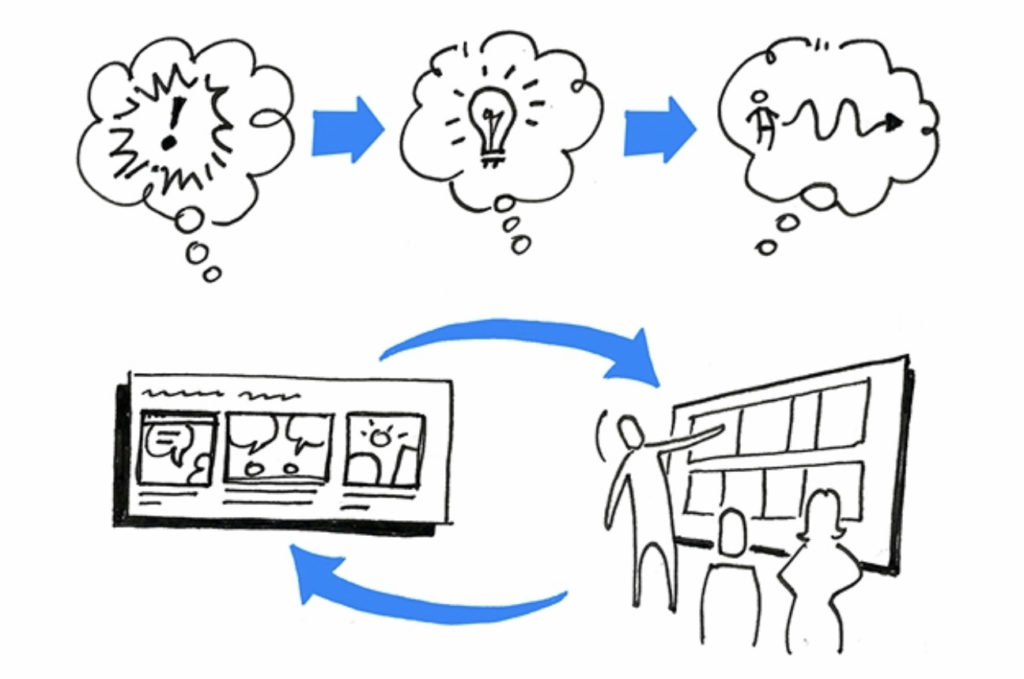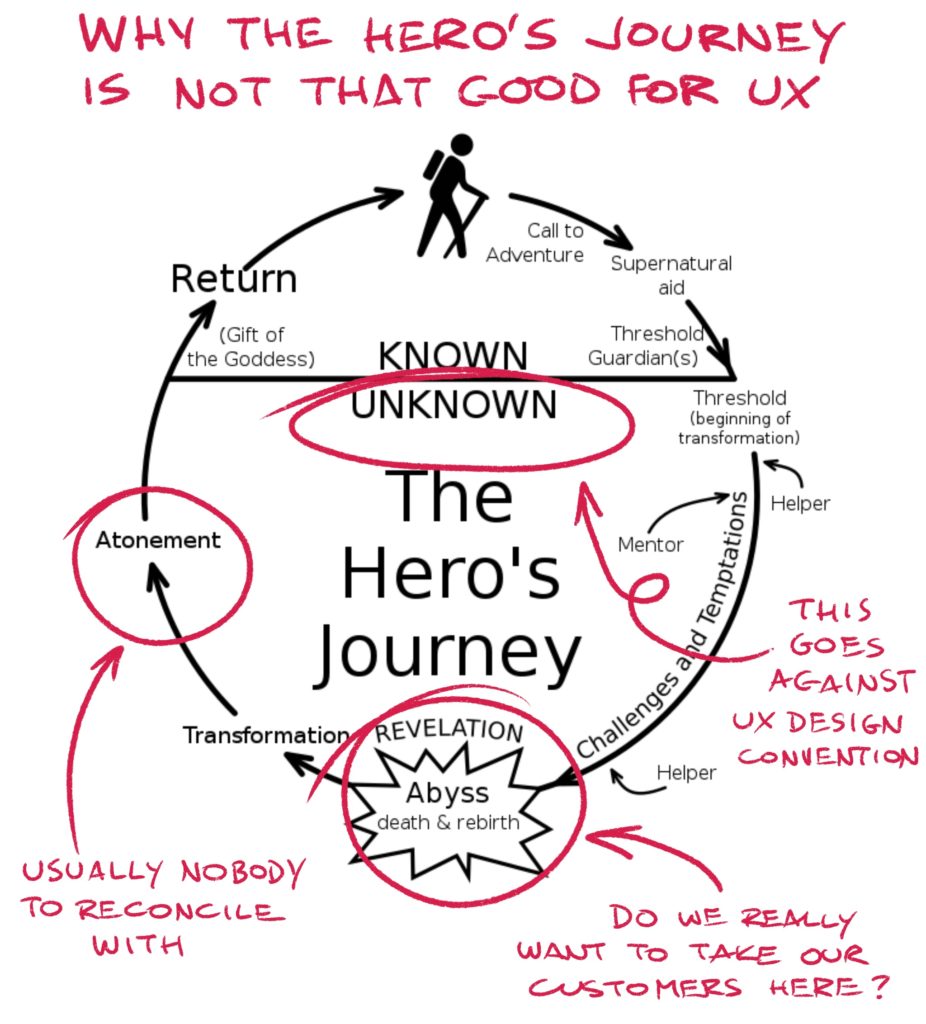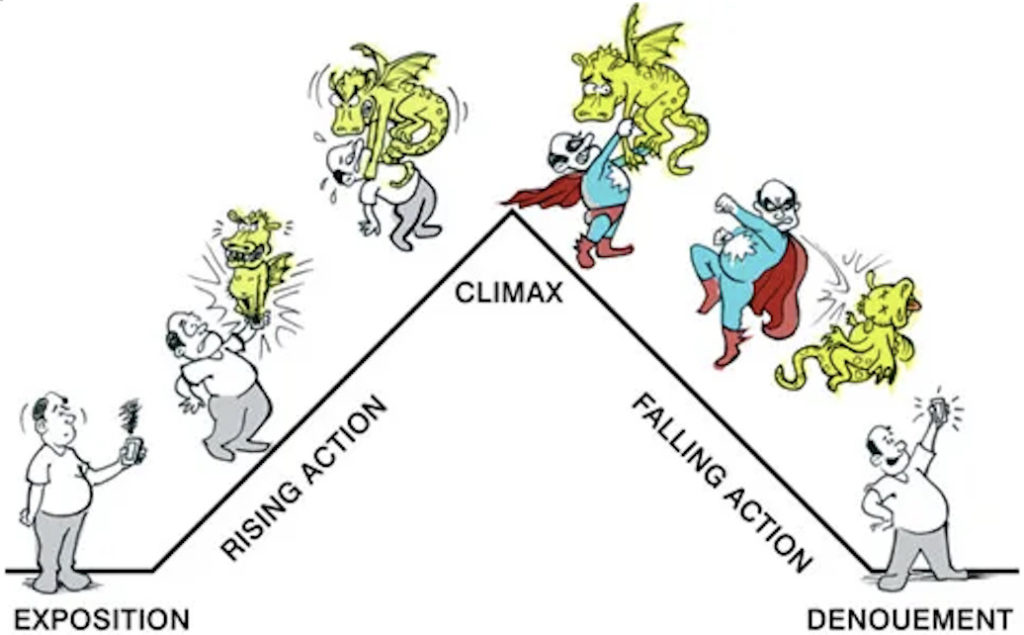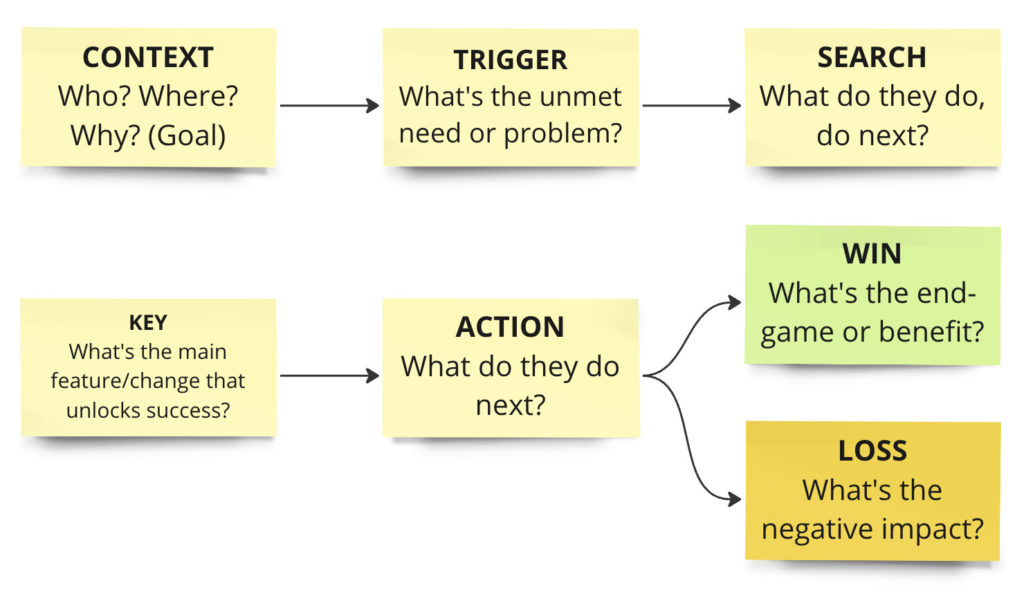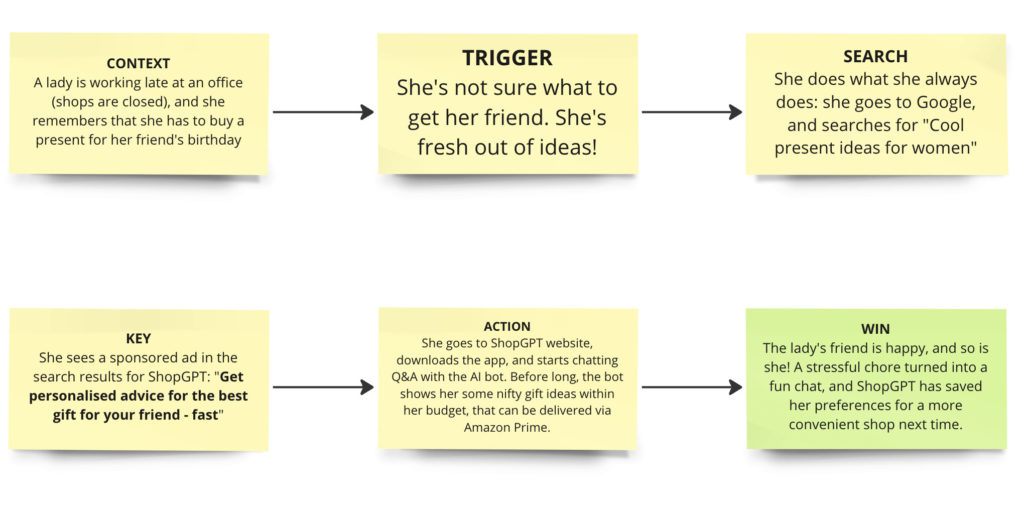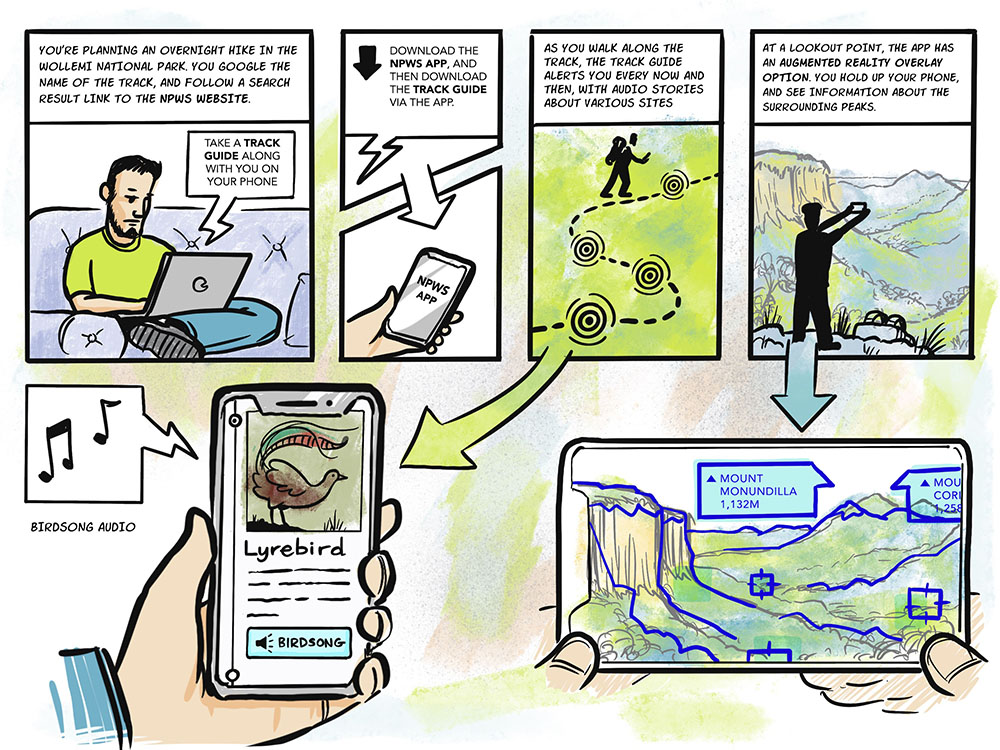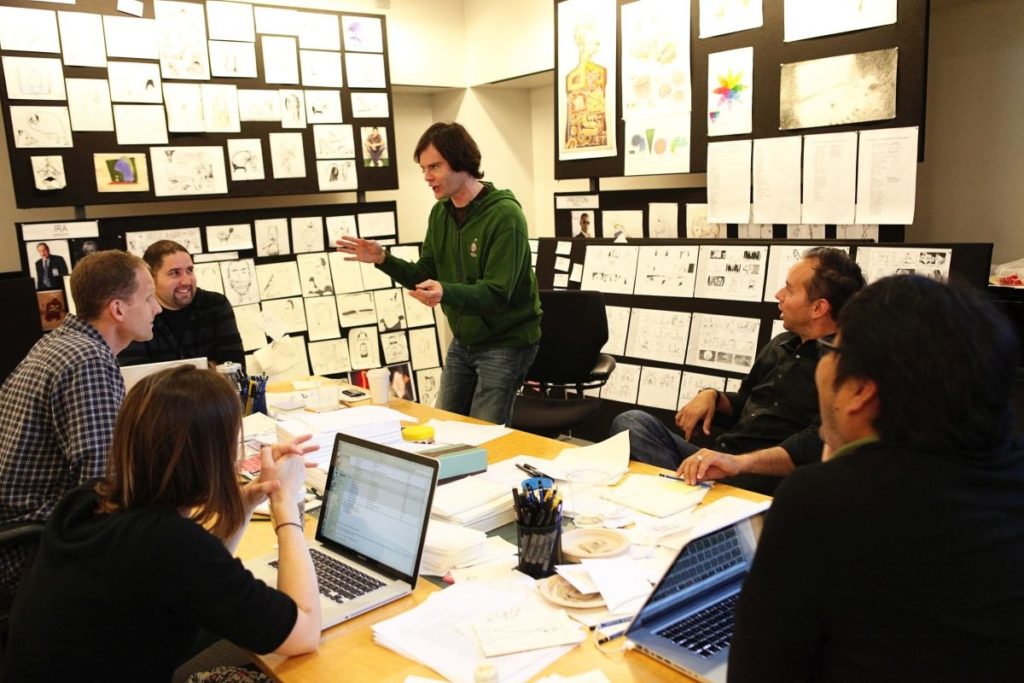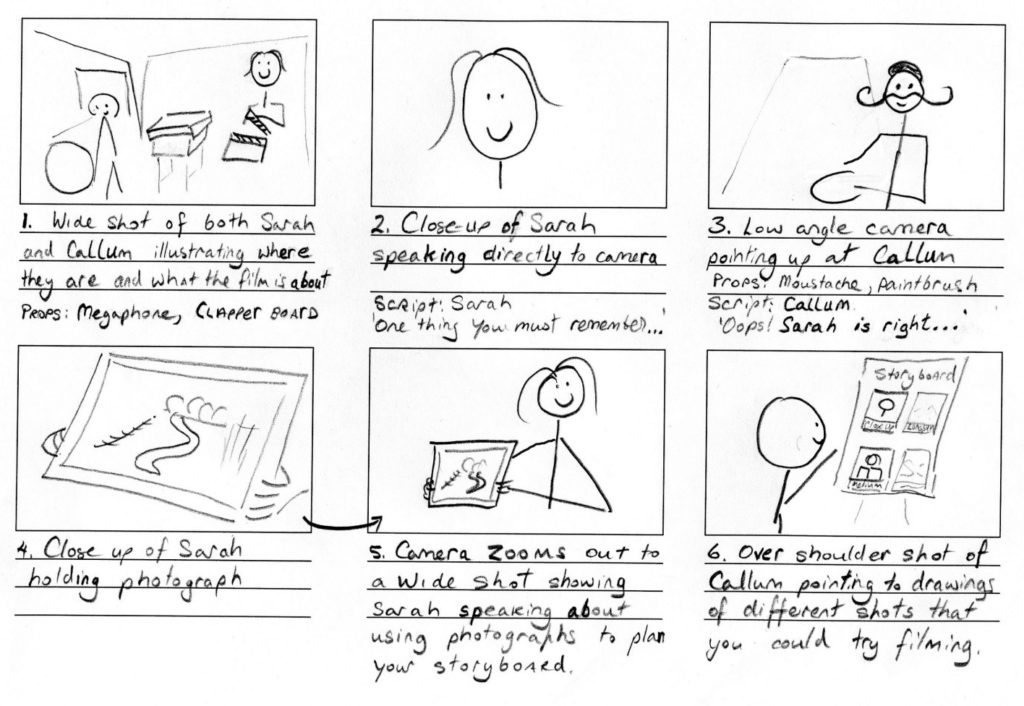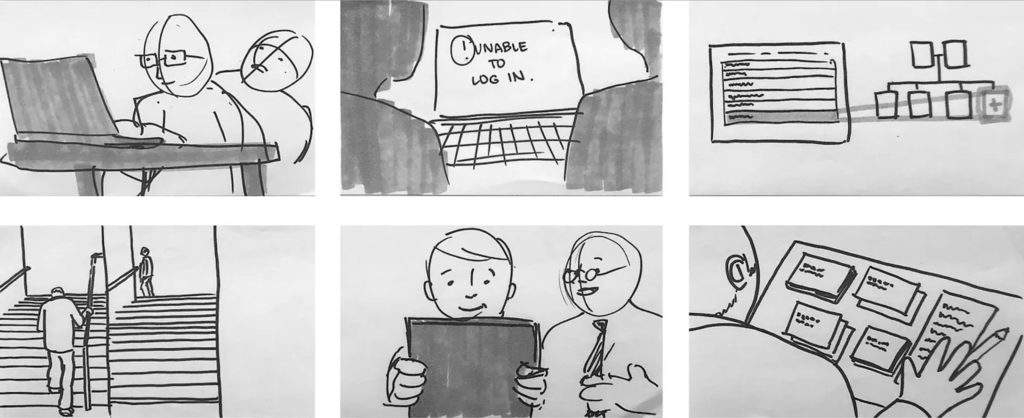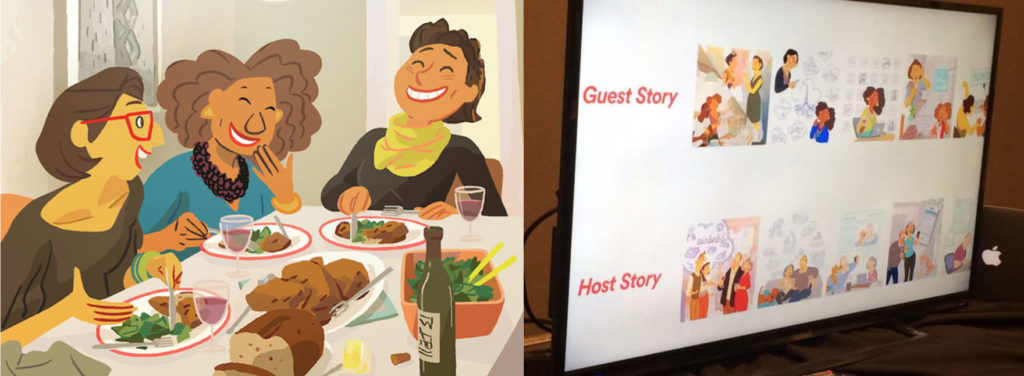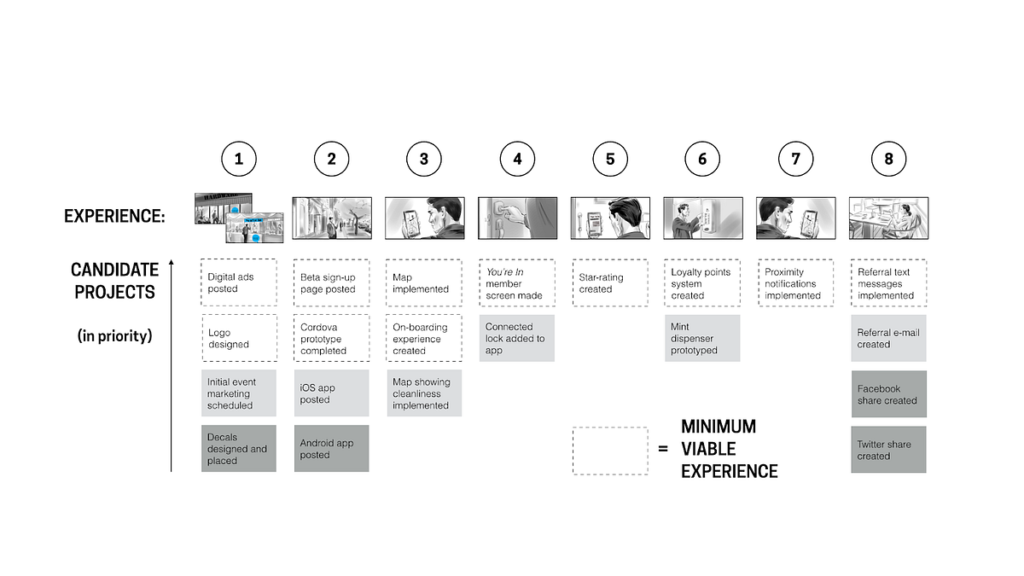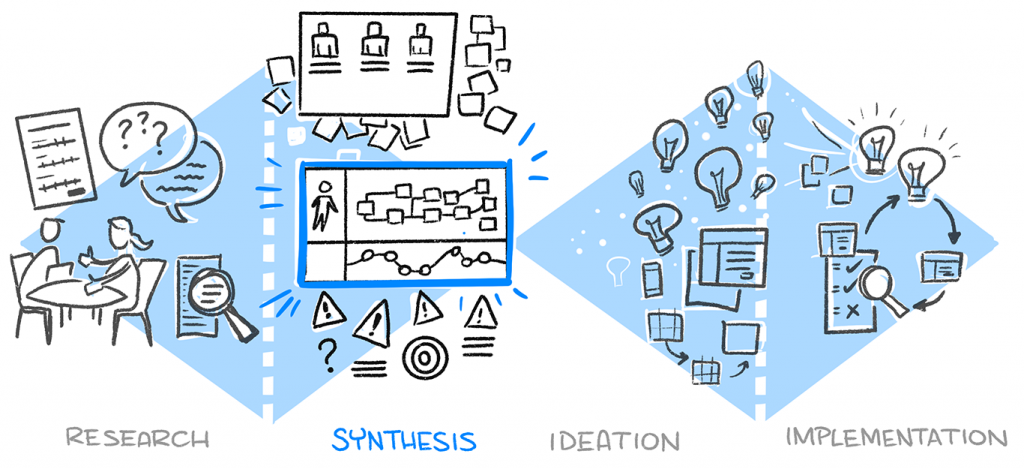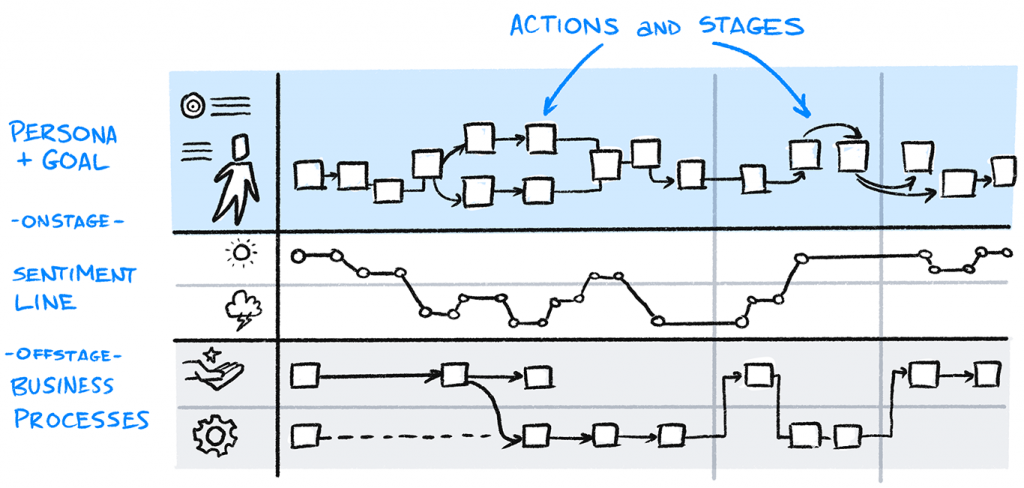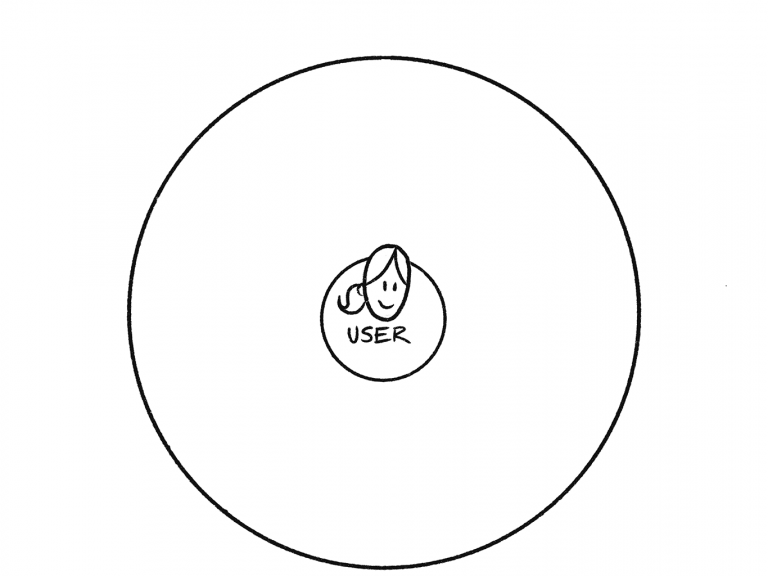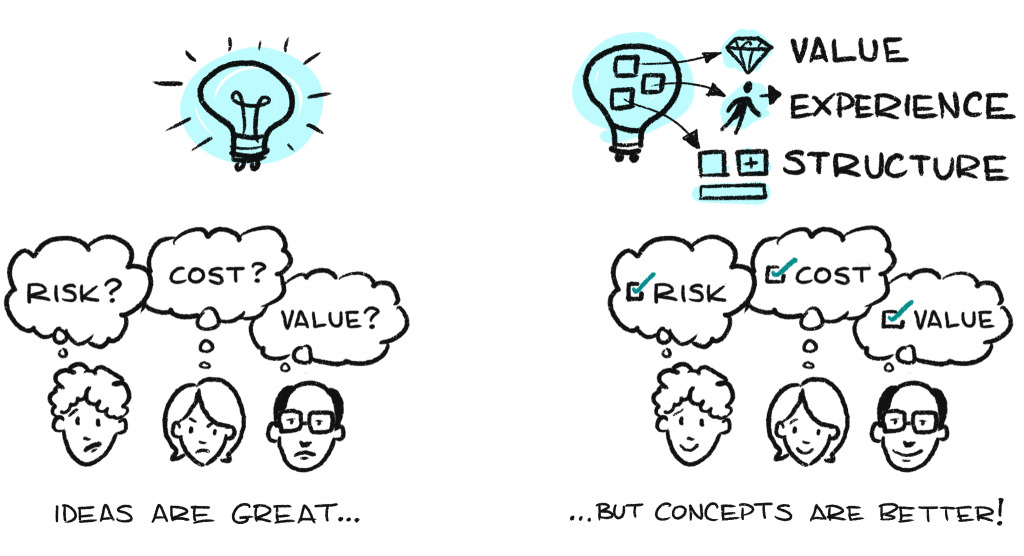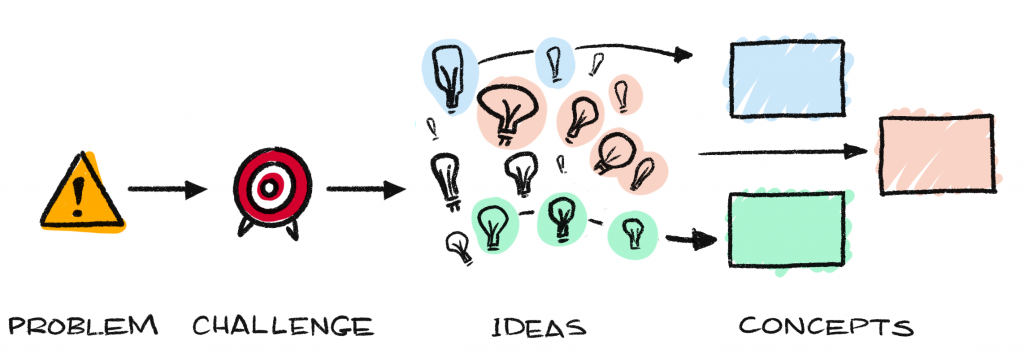I’ve just released a second volume of journey mapping sketched icons, containing 120 more icons. All images are in 300dpi PNG format, with transparent backgrounds, available for you to use in any way you like.
You’ll find some additions to existing categories found in the Volume 1 set of icons, including expressions, people, devices, technology, and buildings:
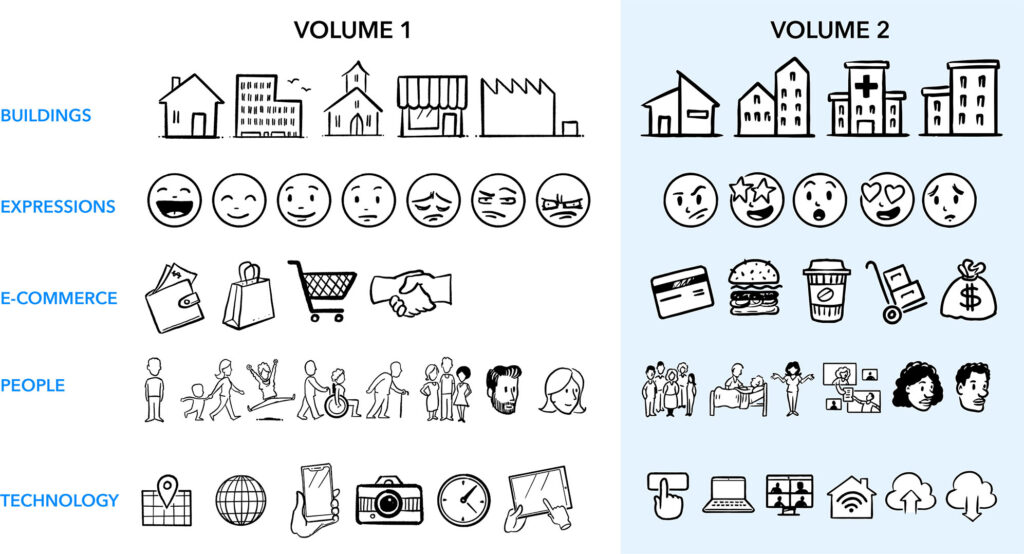
You’ll also find icons for some new categories, like weather, artificial intelligence, and digital lifestyle:

Who are these icons for?
This set is for anyone who likes to use drawing and visualisation in their work, to help themselves and others think better and communicate better when it comes to explaining problems and plans, and generating ideas and solutions. This includes:
- Designers and Researchers – User Experience (UX) Designers, Visual Designers, User Interface Designers, Service Designers, Product Researchers
- Product Managers, including Product Owners and Feature Leads
- Project Managers, including Scrum Masters, Program Managers and Studio Coordinators
- Marketing Managers, Community Managers, PR and Communications Managers
The icons not only come in handy for UX design (e.g. journey maps, user flows, task flows, storyboards), but also for business communication and generally spicing up any presentation slides.
You can use these PNG files in your favourite design software (Figma, Canva, Photoshop, Illustrator), presentation software (PowerPoint, Keynote), or even in online collaboration spaces like Miro and Mural.
